
No time for reading the blog? Give it a listen on Spotify.

More than gods, the holy trinity of Jagannath, Balabhadra and Subhadra represent the purest form of sibling love – one that transcends time and space.
In the heart of Odisha’s ancient city of Puri, three deities reign over millions of souls: the dark-skinned Jagannath (Lord of the Universe), the radiant white Balabhadra (Divine Strength), and the golden Subhadra (Universal Mother).
Unlike most Hindu gods, they are worshipped not as solitary icons or divine couples, but as siblings bound by an eternal, cosmic kinship. This triad isn’t just a theological curiosity—it’s a profound metaphor for unity, balance, and unconditional love.
The Iconography: Symbols in Wood & Color
Their unique forms reveal deep spiritual truths:
Jagannath’s Dark Hue: Represents the formless Brahman (Supreme Reality) and Krishna’s oceanic vastness.
Balabhadra’s White Radiance: Embodies purity, consciousness, and the serpent Ananta-Shesha (cosmic stability).
Subhadra’s Golden Glow: Symbolizes creative Shakti (energy) and divine grace.
Key Detail: All three share “incomplete” eyes and limbs. This deliberate abstraction signifies they transcend human form—seeing beyond sight, acting beyond action.
Origins: Where Divinity Meets Tribal Roots
The Tribal Link: Jagannath (as Neela Madhava) was worshipped by tribal chief Vishwavasu. Balabhadra (originally Balarama) and Subhadra evolved from Sabara deities Jakeri and Gonesi.
Puranic Synthesis: The Skanda Purana narrates how King Indradyumna carved the deities from a divine floating log (daru) after Lord Vishnu’s vision.
Philosophy: Siblings as Cosmic Principles
Their triad embodies a unique cosmic balance:
Jagannath (Krishna/Vishnu): Preserver
Balabhadra (Balarama/Shiva): Destroyer/Transformer
Subhadra (Shakti/Durga): Creator
Why No Consorts? Unlike Rama-Sita or Shiva-Parvati, the Puri trinity has no spouses. Their bond elevates sibling love as selfless, non-possessive, and divinely egalitarian. Subhadra stands centered, harmonizing her brothers’ energies.
Rituals: When Their Bond Comes Alive
Their relationship unfolds dramatically in Puri’s festivals:
Rath Yatra:
Subhadra’s chariot (Dwarpadalana) rolls between her brothers’ chariots.
Balabhadra leads as the eldest, protecting his siblings.
Jagannath leaves his temple to vacation with them at Gundicha Temple.
Hera Panchami:
Goddess Lakshmi (Jagannath’s consort) storms Gundicha Temple, angry at his absence.
Subhadra mediates—symbolizing family reconciliation.
Suna Besha:
On chariots, all three don gold attire. Subhadra gleams brightest, affirming her centrality.
Why This Trinity Matters Today
Radical Inclusion: Subhadra’s presence equalizes masculine energies. Devotees see her as mother, sister, and goddess—transcending rigid roles.
Unity in Diversity: The siblings’ distinct colors/traits celebrate harmony without uniformity.
Odisha’s Identity: For Odias, they’re family first—not distant gods. Their bond mirrors Odisha’s communal ethos.
In a world fractured by divides, Jagannath, Balabhadra, and Subhadra offer a vision of divine kinship: bound not by ritual, but by love; defined not by power, but by balance.
“They are three bodies, one soul—
Jagannath the depth,
Balabhadra the strength,
Subhadra the bridge between worlds.”
—Traditional Odia Bhajan
In their eternal siblinghood, Jagannath, Balabhadra and Subhadra reveal the divine truth: that love, balance and unity are the ultimate manifestations of the sacred.


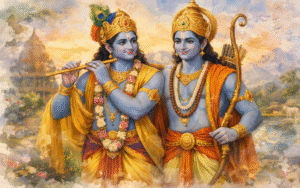

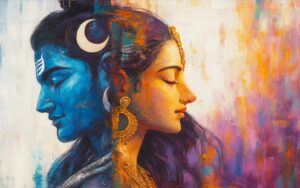
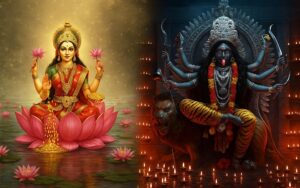
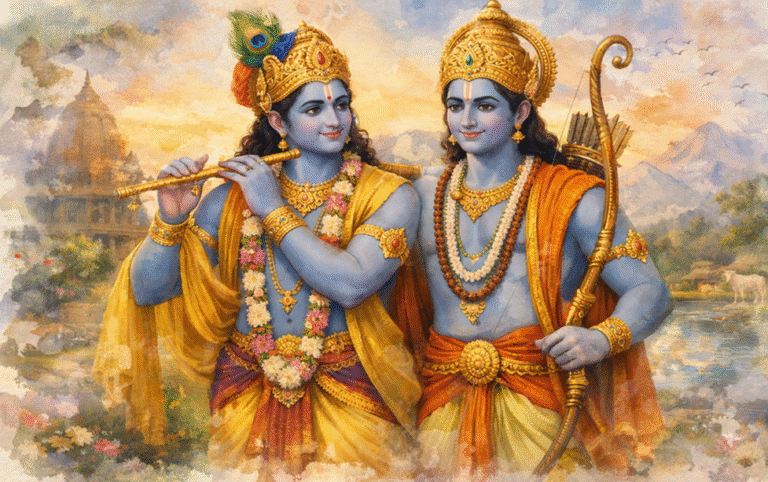
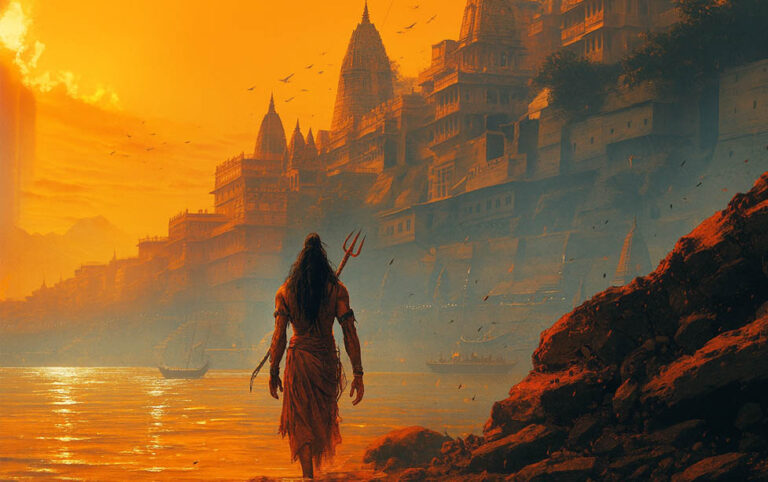
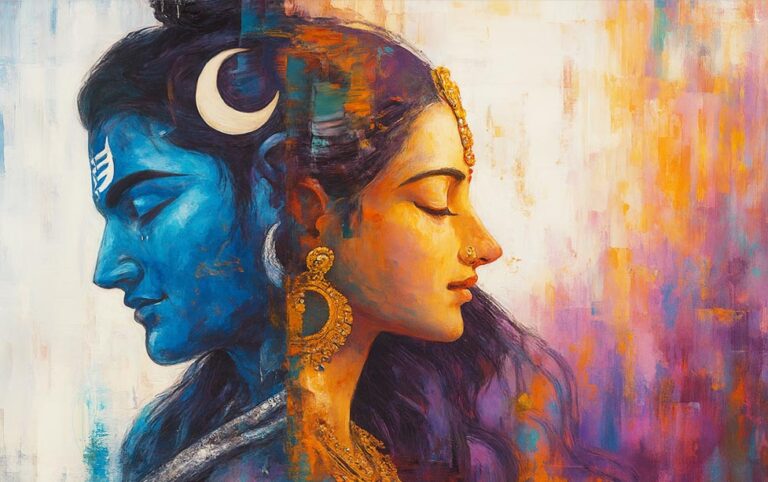
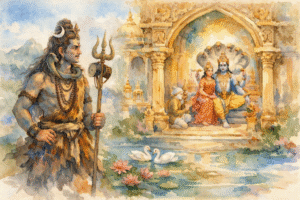
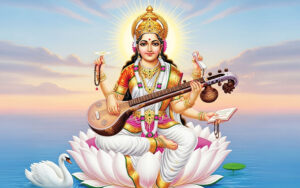
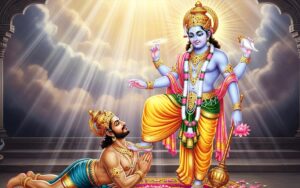
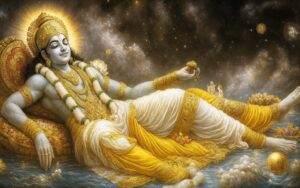
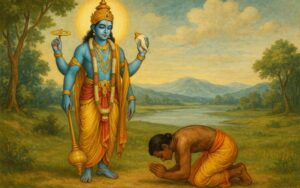
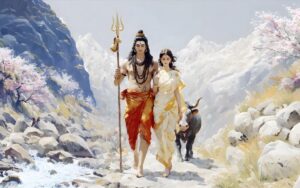
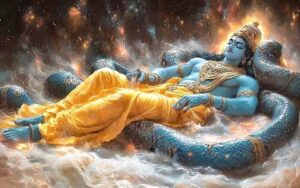
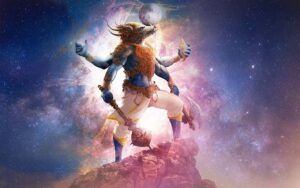
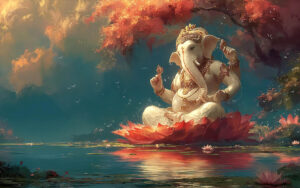
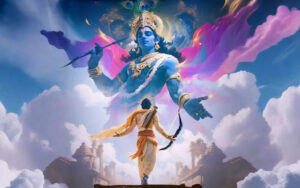
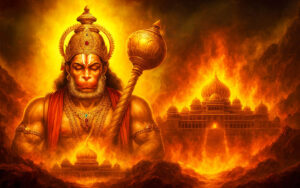
Divine cosmic sibling bond 🕉️